I’ve Found 9 Eco-Friendly Cities Where Walking Is A Joy + 4 That Are Still Car-Dependent And Frustrating

After traveling to dozens of cities worldwide, I’ve discovered that some places make walking a dream while others leave pedestrians feeling stranded. Walking-friendly cities offer not just environmental benefits but also improve our health and create stronger communities.
Let me share the cities where I loved exploring on foot and a few where I couldn’t wait to escape the car-centric madness.
1. Copenhagen’s Pedestrian Paradise

Walking through Copenhagen changed my perspective on city living forever. The Danish capital has transformed its urban landscape with wide sidewalks, pedestrian-only zones, and bike lanes that make car-free travel incredibly easy.
My favorite memory? Strolling along the harbor at Nyhavn, where colorful buildings line the waterfront without a car in sight. The city’s commitment to people-first planning is evident in every neighborhood.
Did you know Copenhagen aims to be carbon-neutral by 2025? Their pedestrian infrastructure is a huge part of that plan!
2. Amsterdam’s Canal-Crossed Walkways

You can feel Amsterdam’s walking culture the moment you arrive. The narrow streets, picturesque bridges, and countless pedestrian pathways create an environment where walking feels natural and enjoyable.
During my visit last spring, I wandered for hours without needing public transit or taxis. The city’s scale is perfectly human-sized – nothing is too far away on foot.
The historic canal belt offers some of Europe’s most beautiful walking routes, with 400-year-old architecture and floating houseboats creating a magical atmosphere you can only appreciate at walking pace.
3. Portland’s Pedestrian-Friendly Neighborhoods
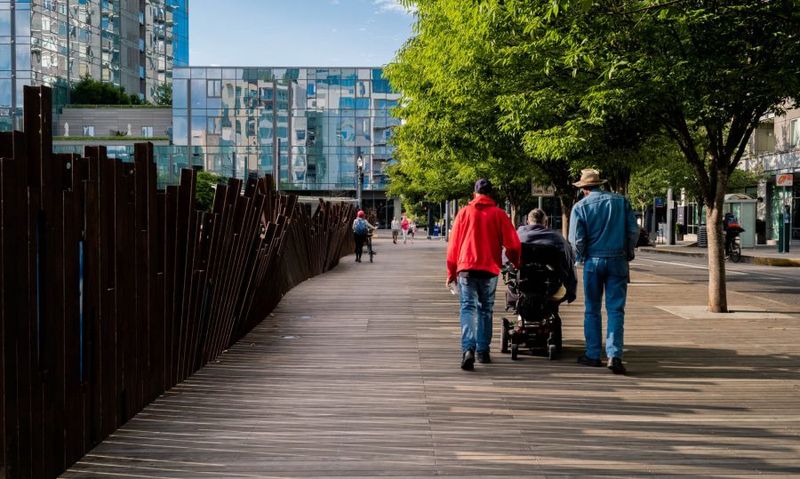
Portland surprised me with its walkability despite being an American city. The Pearl District and Downtown areas feature short blocks, ample crosswalks, and streets designed with pedestrians in mind.
My mornings there started with coffee walks through leafy neighborhoods where sidewalks connect seamlessly to parks and local businesses. The city’s commitment to 20-minute neighborhoods means most daily needs are within walking distance.
What makes Portland special is how they’ve retrofitted formerly car-centric areas into pedestrian havens. Their Saturday Market area transforms completely into a walker’s paradise each weekend!
4. Vienna’s Elegant Walking Routes

If you love architecture and culture, Vienna offers some of the world’s most magnificent walking experiences. The Ringstrasse boulevard circles the historic center, providing an epic walking route past palaces, museums, and gardens.
During my winter visit, I discovered the extensive network of pedestrian zones in the old town. These car-free areas let you admire the Habsburg grandeur without traffic noise or exhaust fumes.
Vienna’s coffeehouse culture perfectly complements walking – there’s always a charming café nearby when your feet need a rest!
5. Tokyo’s Walkable Wonderland
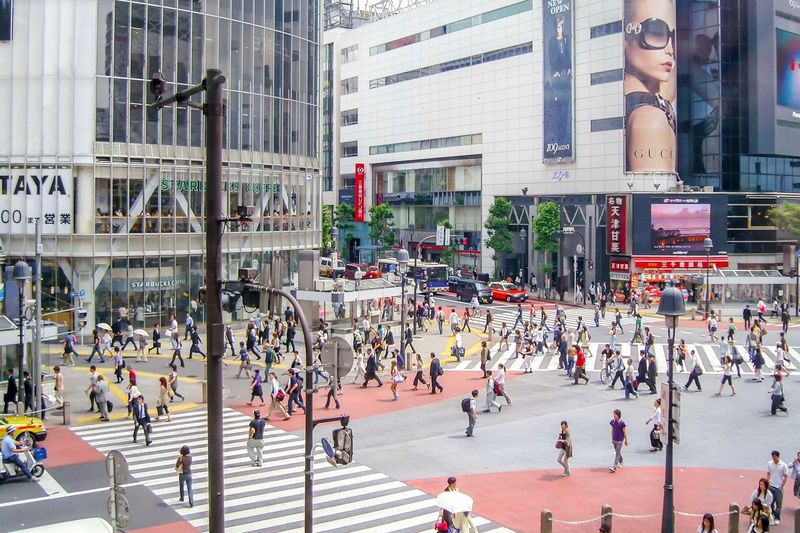
Despite being one of the world’s largest cities, Tokyo offers surprisingly pleasant walking experiences. The city combines ultra-modern pedestrian infrastructure with traditional neighborhood layouts that predate cars.
My favorite discovery was how seamlessly walking connects with public transit. You can explore entire districts on foot, then hop on a train when distances grow too large.
Tokyo’s pedestrian scramble crossings, like the famous one in Shibuya, show how even the busiest intersections can prioritize people over vehicles when designed thoughtfully!
6. Barcelona’s Superblocks Revolution
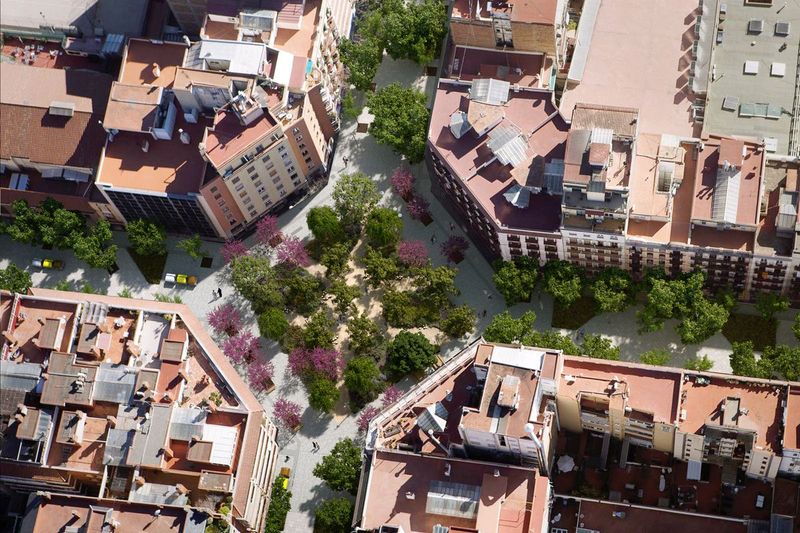
Barcelona has pioneered an innovative approach to walkability with their “superblocks” – groups of city blocks where through-traffic is restricted and streets become public spaces. Walking through these areas feels like being in a different kind of city altogether.
I spent hours exploring the Gothic Quarter’s narrow pedestrian lanes where cars simply don’t fit. The city’s famous La Rambla promenade showcases how streets can function as social spaces rather than just transportation corridors.
Barcelona’s commitment to reclaiming streets for people has created vibrant neighborhoods where children play outside and neighbors chat on formerly busy roads.
7. Kyoto’s Tranquil Walking Paths

Walking through Kyoto connects you to centuries of Japanese history and culture. The ancient capital’s eastern Higashiyama district offers some of the most serene urban walking experiences I’ve ever had.
My favorite memory was strolling along the Philosopher’s Path, a canal-side walkway lined with cherry trees. The city’s traditional machiya neighborhoods maintain narrow lanes that have always prioritized pedestrians over vehicles.
What makes Kyoto special is how walking becomes a form of meditation – the carefully designed gardens and temple approaches are meant to be experienced slowly and mindfully on foot.
8. Freiburg’s Car-Free City Center

This German university town showed me how smaller cities can excel at walkability. Freiburg’s entire medieval center is car-free, creating a peaceful atmosphere where the sounds of fountains and conversation replace traffic noise.
During my summer visit, I loved how the small canals (Bächle) running alongside streets created natural cooling and a playful element to walking routes. The city’s compact size means most destinations are within a 15-minute walk.
Freiburg’s commitment to sustainability extends beyond its car-free zones – solar panels and green roofs are visible as you walk, showing how environmental values shape the entire urban experience.
9. Singapore’s Garden Walking Network

Singapore has transformed from a car-oriented city to a walking paradise through incredible urban planning. The city-state’s network of elevated walkways, underground passages, and park connectors creates continuous walking routes protected from both traffic and tropical weather.
My jaw dropped when walking through Gardens by the Bay – a masterpiece of pedestrian-focused design where nature and architecture blend seamlessly. The city’s commitment to becoming a “City in a Garden” means walking routes are often surrounded by lush vegetation.
What impressed me most was how Singapore’s walkways connect across different levels, creating three-dimensional pedestrian networks unlike anything I’ve seen elsewhere.
10. Houston’s Hostile Pedestrian Experience
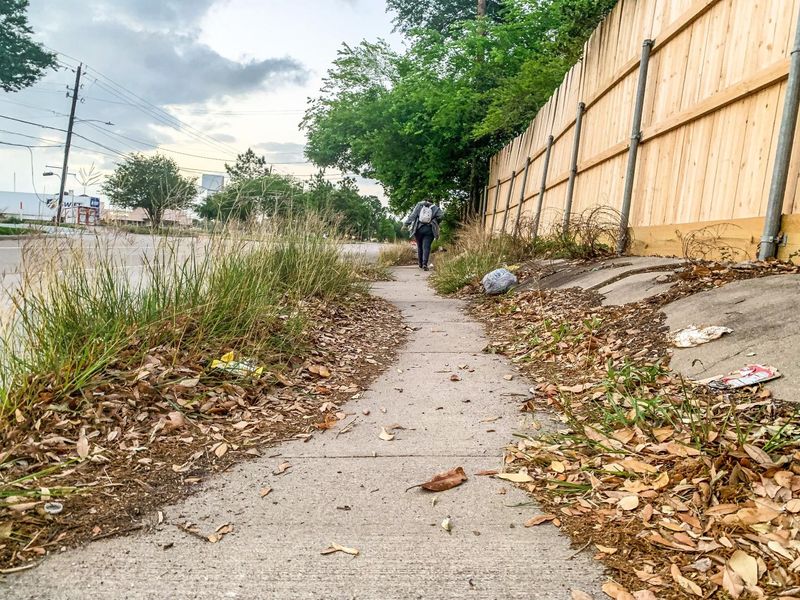
If you’ve never tried walking in Houston, consider yourself lucky. My attempt to explore Texas’ largest city on foot quickly became a frustrating and sometimes dangerous adventure through a landscape designed exclusively for cars.
Many major roads lack sidewalks entirely, forcing pedestrians to either walk in drainage ditches or brave high-speed traffic. The few sidewalks that exist often end abruptly or are blocked by obstacles.
Houston’s extreme sprawl means destinations are typically too far apart for walking, and the intense heat for much of the year makes the pedestrian experience even more uncomfortable.
11. Dubai’s Pedestrian Nightmare
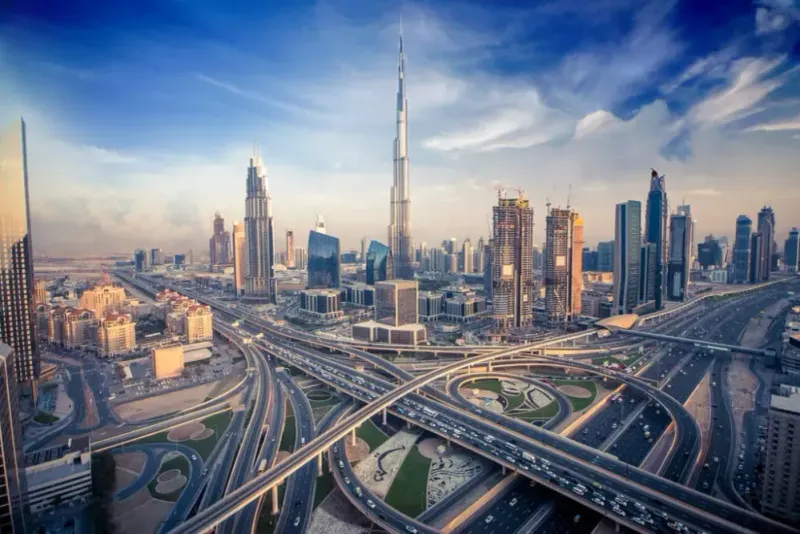
Trying to walk in Dubai quickly taught me why nobody does it. The city’s massive highways, scorching temperatures, and disconnected developments create one of the world’s most hostile environments for pedestrians.
During my visit, I attempted to walk between two locations that appeared close on a map. What should have been a 10-minute stroll turned into a 40-minute ordeal crossing highway on-ramps with no crosswalks in 105°F heat.
The city’s focus on superlative architecture and car infrastructure has created a place where walking feels like an afterthought – something only done by those who cannot afford private transportation.
12. Los Angeles’ Car-Dependent Culture

Despite recent improvements in some neighborhoods, LA remains the poster child for car dependency. My attempts to explore the city on foot revealed disconnected walking infrastructure and vast distances between destinations.
The city’s famous Hollywood Walk of Fame ironically sits alongside streets dominated by cars, with narrow sidewalks crowded with tourists. Outside tourist areas, pedestrians often feel like second-class citizens.
What struck me was how the car culture is so deeply ingrained that walking is viewed with suspicion in many areas. I actually had someone ask if my car had broken down when they saw me walking along a residential street!
13. Phoenix’s Pedestrian Desert
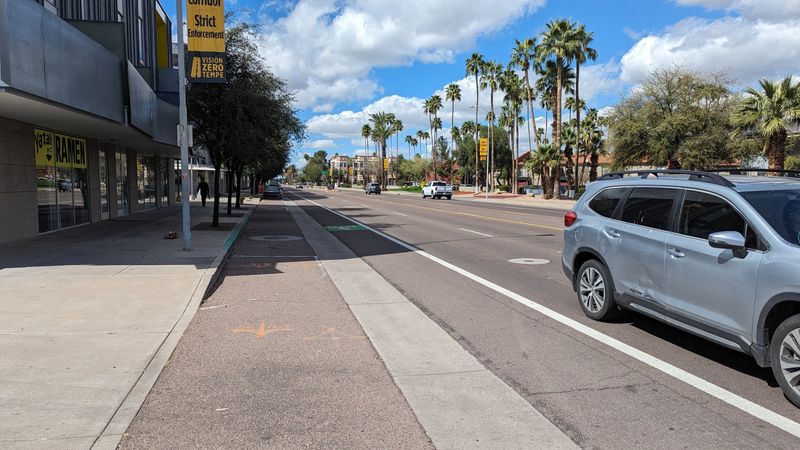
Walking in Phoenix feels like an extreme sport rather than a normal way to get around. The combination of scorching heat, enormous block sizes, and car-centric infrastructure creates a truly hostile environment for pedestrians.
My attempt to walk from my hotel to a restaurant less than a mile away became a sweaty obstacle course. I encountered massive parking lots without walking paths, six-lane roads with inadequate crossings, and long stretches without a single tree for shade.
Phoenix’s sprawling layout means walking distances are often prohibitive, and the city’s design seems to actively discourage non-motorized transportation through both its infrastructure and scale.
